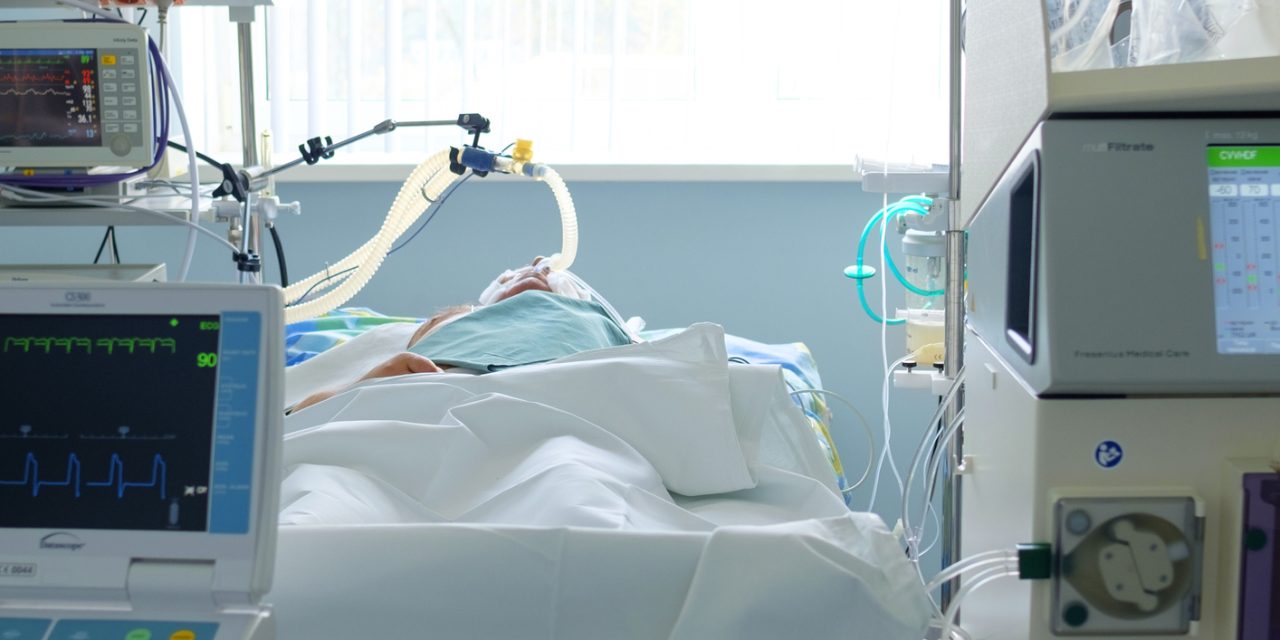Right ventricular (RV) apical pacing is associated with systolic dysfunction and heart failure. Paced QRS duration has been suggested as a predictor of heart failure and left ventricular (LV) systolic dysfunction. However, the effect of paced QRS duration on LV diastolic function is not well known.
This study was designed to evaluate the relationship between paced QRS duration and LV diastolic function.
This retrospective study included 88 patients who had chronic RV apical pacing. Myocardial relaxation was assessed with tissue Doppler imaging. Patients with severe valvular dysfunction or significant structural heart disease were excluded. Paced QRS duration was measured with standard 12‑lead ECG at follow-up.
Median age of the patients was 65.9 years (interquartile ranges (IQR), 56.5, 72.7) with 64.8% of female patients. Median duration of RV pacing was 8.6 years (IQR, 5.3, 11.1). Major indication of RV pacing was complete atrioventricular block (89.8%), and dual chamber pacemakers were predominantly implanted (89.8%). Mean of paced QRS duration was 160.5 ± 18.2 msec. Median LV ejection fraction (EF) was 63% (IQR, 55.5, 67.5), and negatively correlated with paced QRS duration (R = -0.478, p < 0.001). LV end diastolic dimension was positively correlated with paced QRS duration (R = 0.531, p < 0.001). Mean E' velocity at the septal mitral annulus was 5.2 ± 1.5 and negatively related to paced QRS duration (R = -0.521, p < 0.001). After adjusting covariables, paced QRS duration was independently related to E' velocity (beta = -0.038, p = 0.005). Paced QRS duration was also associated with worsening functional capacity or elevated LV filling pressure in patients with preserved EF (odd ratio = 1.10; 95% confidence interval, 1.02-1.20, p = 0.015).
Paced QRS duration was associated with LV relaxation which might be another possible mechanism of worsening heart failure in patients with long paced QRS duration.
Copyright © 2021 Elsevier Inc. All rights reserved.
Relationship between paced QRS duration and myocardial relaxation of the left ventricle in patients with chronic right ventricular apical pacing.


